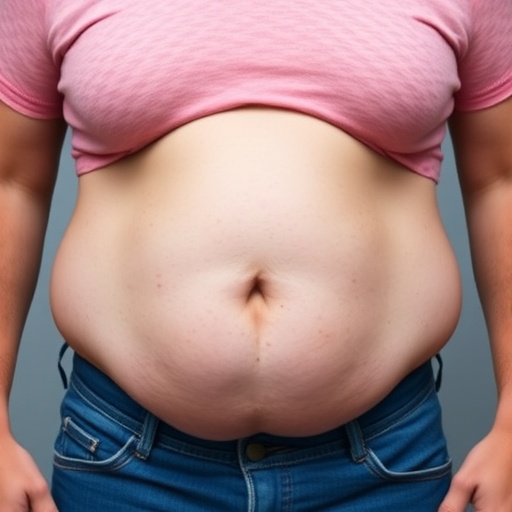While aromatase inhibitors (AIs) are a preferred therapy for postmenopausal women who have hormone receptor-positive early-stage breast cancer, the vaginal dryness and decreased sex drive that may result can lead to poor medical compliance and decreased quality of life.
In a new study published online by JAMA Oncology, Michelle E. Melisko, M.D., of the University of California, San Francisco, and colleagues conducted a randomized clinical trial (funded in full by AstraZeneca) to evaluate the safety of intravaginal testosterone cream (IVT) and a hormonal estradiol-releasing vaginal ring in patients with early-stage breast cancer receiving an AI.
The intervention was to be considered unsafe if more than 25 percent of patients had persistent elevation in estradiol levels, which were measured at baseline and at weeks four and 12. Additional outcomes of the study included changes in sexual quality of life and vaginal atrophy (dryness).
There were 69 patients (35 used the vaginal ring and 34 used intravaginal testosterone cream) who completed 12 weeks of treatment.
The authors report persistent estradiol elevation was observed in none of the women using the vaginal ring and in four of the 34 (12 percent) of the women who used the intravaginal testosterone cream. There also was improvement reported in vaginal atrophy and sexual interest and dysfunction for all patients, according to the results.
"Both treatment arms met the protocol defined primary safety endpoint," according to the report. A surprising finding was that 37 percent of patients had elevated estradiol levels at baseline, which could be potentially be explained, in part, by the use of estrogen-containing supplements.
Limitations of the study include its small size and the high percentage of patients with elevated estradiol levels at baseline before any intervention.
"This study provides further evidence that both an estradiol-releasing vaginal ring and IVT [intravaginal testosterone cream] are effective in treating urogenital symptoms in patients with BC [breast cancer] taking AIs [aromatase inhibitors]," the authors conclude.
Still, the authors note: "The American Menopausal Society and the American College of Obstetricians and Gynecologists recommend that in patients with a history of estrogen-sensitive cancers, nonhormonal options including vaginal moisturizers, pH balanced gels, topical oils and lubricants be tried first for urogenital atrophy, and vaginal estrogens be reserved for patients who are nonresponsive and only after consultation with the medical oncologist."
###
(JAMA Oncol. Published online November 10, 2016. doi:10.1001/jamaoncol.2016.3904. Available pre-embargo to the media at the For The Media website.)
Editor's Note: This study was funded in full by AstraZeneca. Please see the article for additional information, including other authors, author contributions and affiliations, financial disclosures, funding and support, etc.
Media Contact
Elizabeth Fernandez
[email protected]
415-514-1592
@JAMA_current
http://www.jamamedia.org




